Guatemala Flag Meaning
Three vertical stripes of blue, white, and blue with the national coat of arms centered on the white stripe, representing the Pacific and Atlantic oceans, peace, and the sovereignty of the Republic of Guatemala.
- Continent
- North America
- Adopted
- 1871
- Ratio
- 5:8
- Colors
- blue, white
- Designer
- Unknown

Symbolism
Blue Stripes: Represent the Pacific Ocean and Atlantic Ocean that border Central America, symbolizing Guatemala's geographic position between two great bodies of water and the nation's access to both Pacific and Caribbean coastlines.
White Stripe: Represents peace, purity, and integrity, symbolizing the desire for harmony among all Guatemalans and the noble aspirations of the nation as it strives for unity and justice.
National Coat of Arms: Features the resplendent quetzal (national bird) perched on a scroll with the independence date, crossed rifles, swords, and laurel branches, symbolizing liberty, willingness to defend the nation, victory, and peace.
History
- Pre-1524: The region was the heart of the ancient Maya civilization, with sophisticated city-states like Tikal, El Mirador, and others flourishing for over a millennium with advanced astronomy, mathematics, and writing systems.
- 1524-1821: Spanish conquistador Pedro de Alvarado conquered the region, establishing the Captaincy General of Guatemala under Spanish colonial rule, with Spanish royal banners representing three centuries of colonial administration.
- September 15, 1821: Guatemala gained independence from Spain as part of the broader Central American independence movement, initially adopting various independence flags before formal national symbols were established.
- 1822-1823: Guatemala briefly joined the Mexican Empire under Agustín de Iturbide, flying Mexican imperial symbols before the empire's collapse led to Central American separation from Mexican rule.
- 1823-1840: Guatemala joined the Federal Republic of Central America, using federal flags while serving as the federation's capital and maintaining hopes for lasting Central American political unity.
- 1851-1871: After the federation dissolved, independent Guatemala used various flag designs under conservative rule, experimenting with different symbols while establishing its distinct national identity separate from its neighbors.
- August 17, 1871: The Liberal Revolution brought Justo Rufino Barrios to power, and Guatemala adopted the current flag design with blue-white-blue stripes and national coat of arms.
- 1871-Present: The flag has represented Guatemala through periods of liberal reform, military dictatorships, civil war (1960-1996), democratization, and ongoing efforts to address indigenous rights and social inequality.
Trivia
- Guatemala's flag design is similar to those of Honduras and El Salvador, reflecting their shared history in the Federal Republic of Central America.
- The quetzal bird on the coat of arms is also the name of Guatemala's currency and is considered a symbol of freedom because it cannot survive in captivity.
- Guatemala is home to Tikal, one of the largest archaeological sites and urban centers of the ancient Maya civilization, now a UNESCO World Heritage Site.
- The flag represents a country where Maya people constitute about 40% of the population, making it one of the most indigenous countries in Latin America.
- Lake Atitlán, surrounded by volcanoes and Maya villages, is often called one of the most beautiful lakes in the world and a major tourist attraction.
- Guatemala is the most populous country in Central America, with over 17 million people representing diverse ethnic groups and 21 distinct Maya languages.
- The flag flies over a country that is one of the world's top producers of cardamom, coffee, and sugar, with agriculture employing about half the workforce.
- Antigua Guatemala, the former colonial capital, is a UNESCO World Heritage Site known for its well-preserved Spanish colonial architecture and baroque churches.
- Guatemala has 37 volcanoes, including several active ones, making it one of the most volcanically active countries in the world.
- The flag represents a country that experienced a brutal 36-year civil war that ended in 1996, with truth commissions documenting genocide against Maya communities.
- Guatemala is considered the birthplace of chocolate, with the ancient Maya being among the first to cultivate cacao and create chocolate drinks.
- The flag flies over a country with incredible biodiversity, including cloud forests, tropical rainforests, and unique ecosystems that support jaguars, quetzals, and hundreds of bird species.
- Semana Santa (Holy Week) celebrations in Antigua Guatemala are among the most elaborate and beautiful Easter celebrations in the world, featuring intricate alfombras (carpets) made of flowers and sawdust.
- Guatemala has significant jade deposits, and jade was more valuable than gold to the ancient Maya, with modern Guatemala still producing high-quality jade jewelry.
- The flag represents a country where Spanish is the official language, but 21 Maya languages are also recognized, reflecting the country's rich indigenous linguistic heritage.
Related Countries
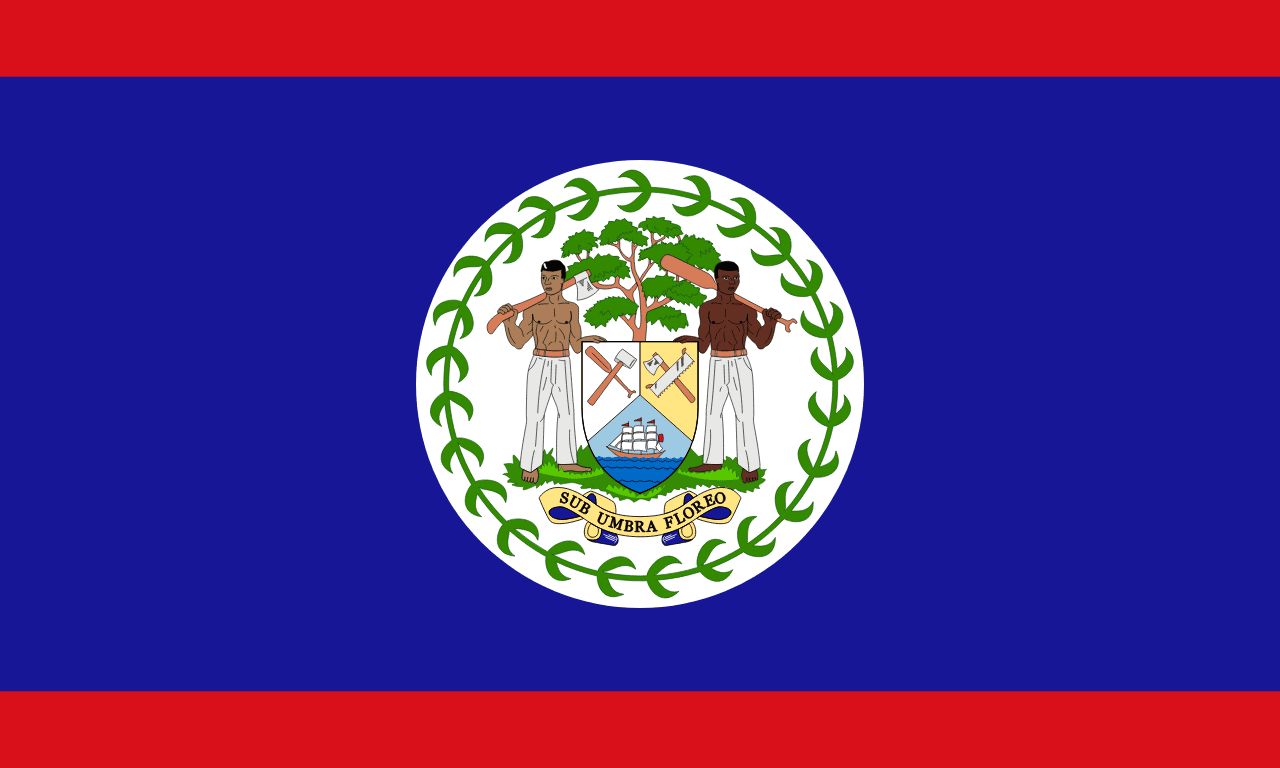
Belize
North America
A blue field with red stripes along the top and bottom edges and the national coat of arms in a white circle at the center, representing the ruling People's United Party, the opposition United Democratic Party, and the peace that unites them, making it the only national flag to feature human figures.
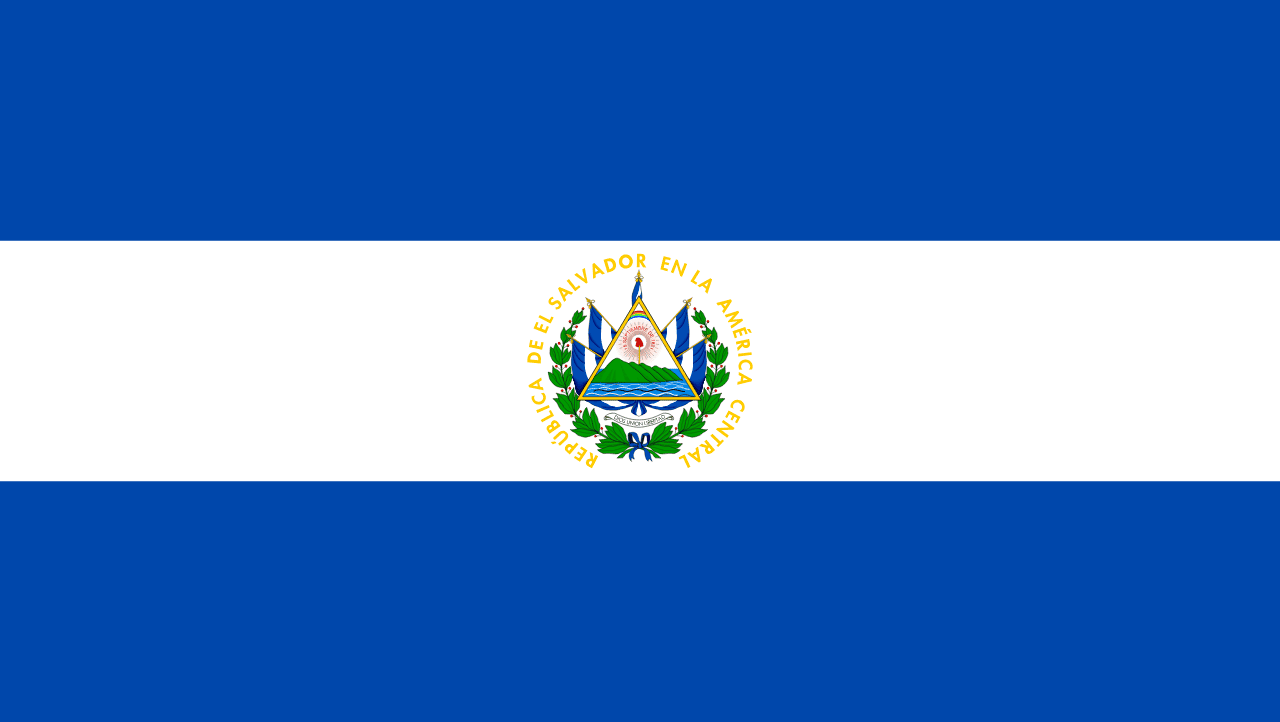
El Salvador
North America
Three horizontal stripes of blue, white, and blue with the national coat of arms centered on the white stripe, representing the Pacific and Atlantic oceans, peace, and the hope for Central American unity.
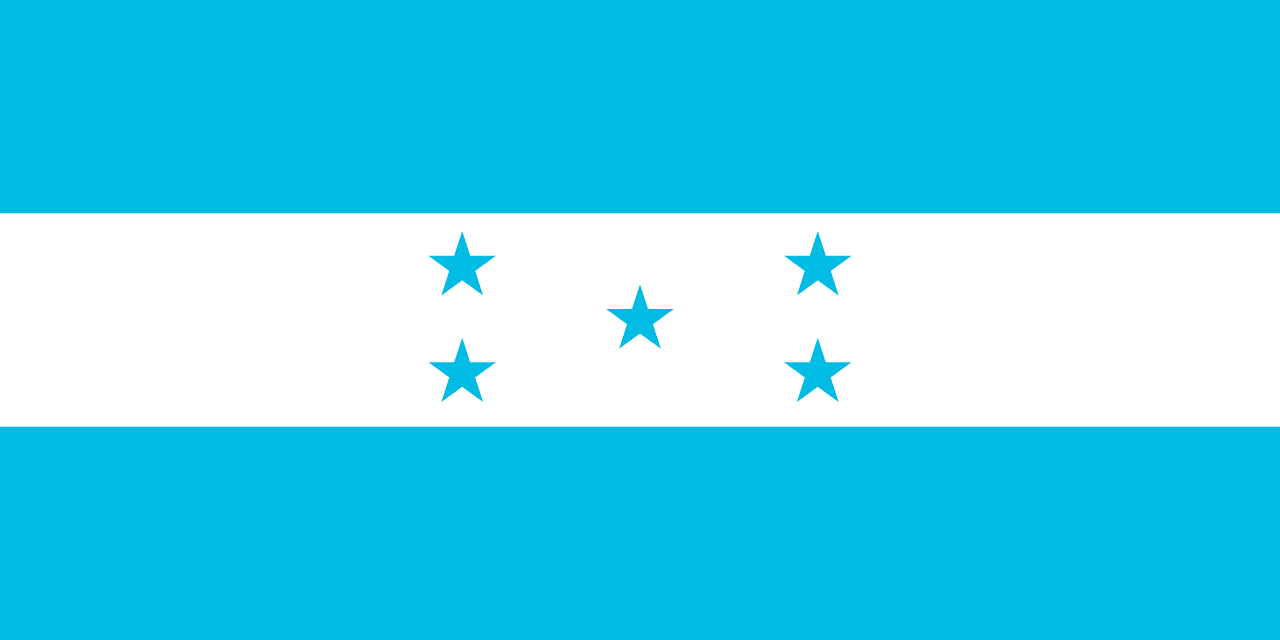
Honduras
North America
Three horizontal stripes of blue, white, and blue with five blue five-pointed stars arranged in an X pattern on the white stripe, representing the Pacific and Atlantic oceans, peace, and the hope for Central American unity.
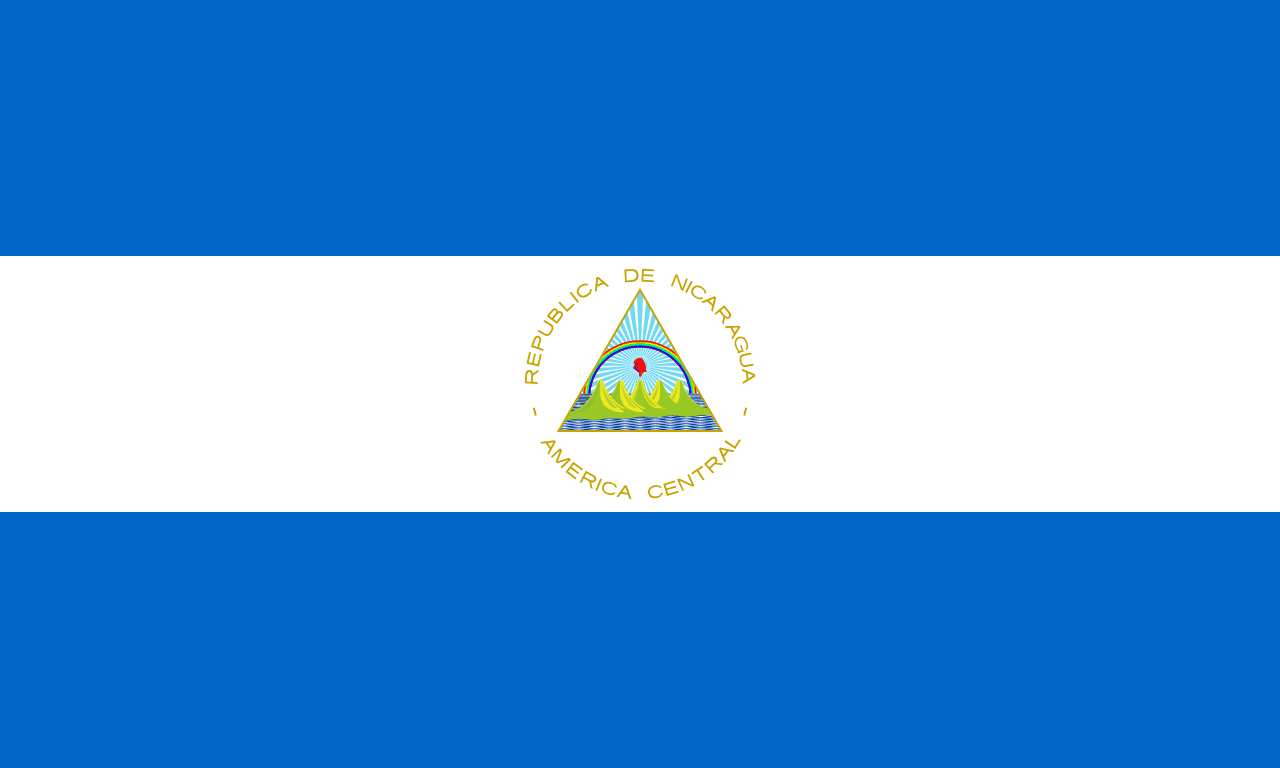
Nicaragua
North America
Three horizontal stripes of blue, white, and blue with the national coat of arms centered on the white stripe, representing Nicaragua's position between two oceans and its revolutionary ideals of liberty and peace.
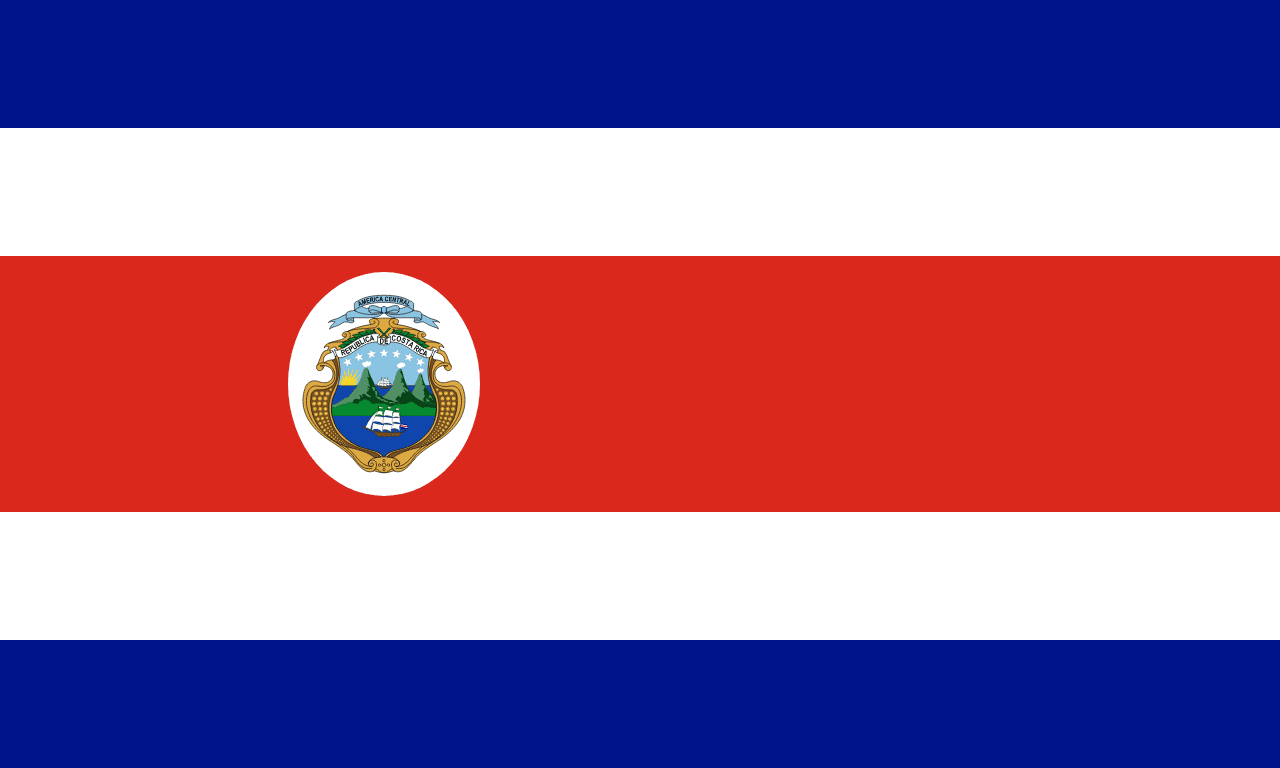
Costa Rica
North America
Five horizontal stripes with blue at top and bottom, white stripes below and above the central red stripe, and the national coat of arms on the red stripe, representing the sky and opportunities, peace, and the warmth of the Costa Rican people.
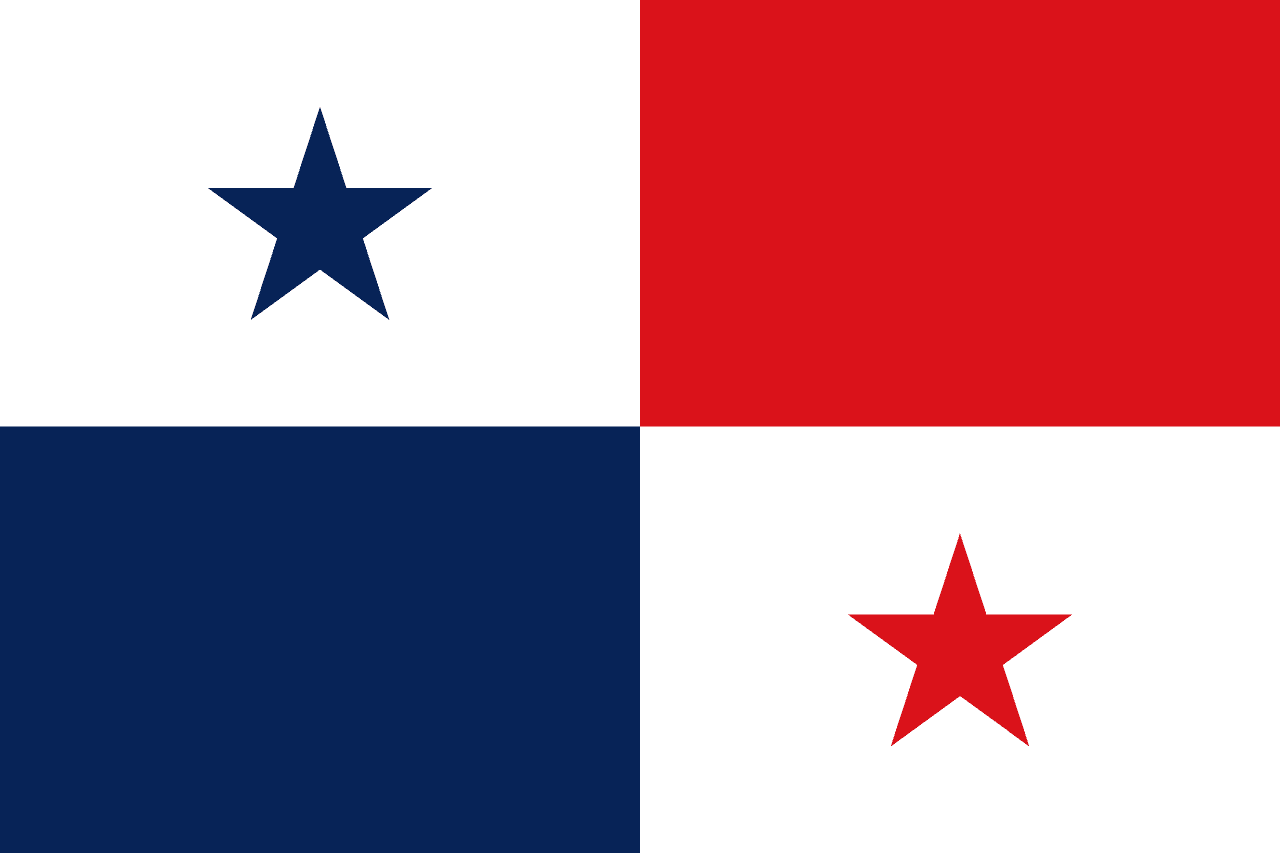
Panama
North America
Quartered flag with white and blue star in top left, red in top right, blue in bottom left, and white with red star in bottom right. The design symbolizes political balance and the ideals of peace and progress.